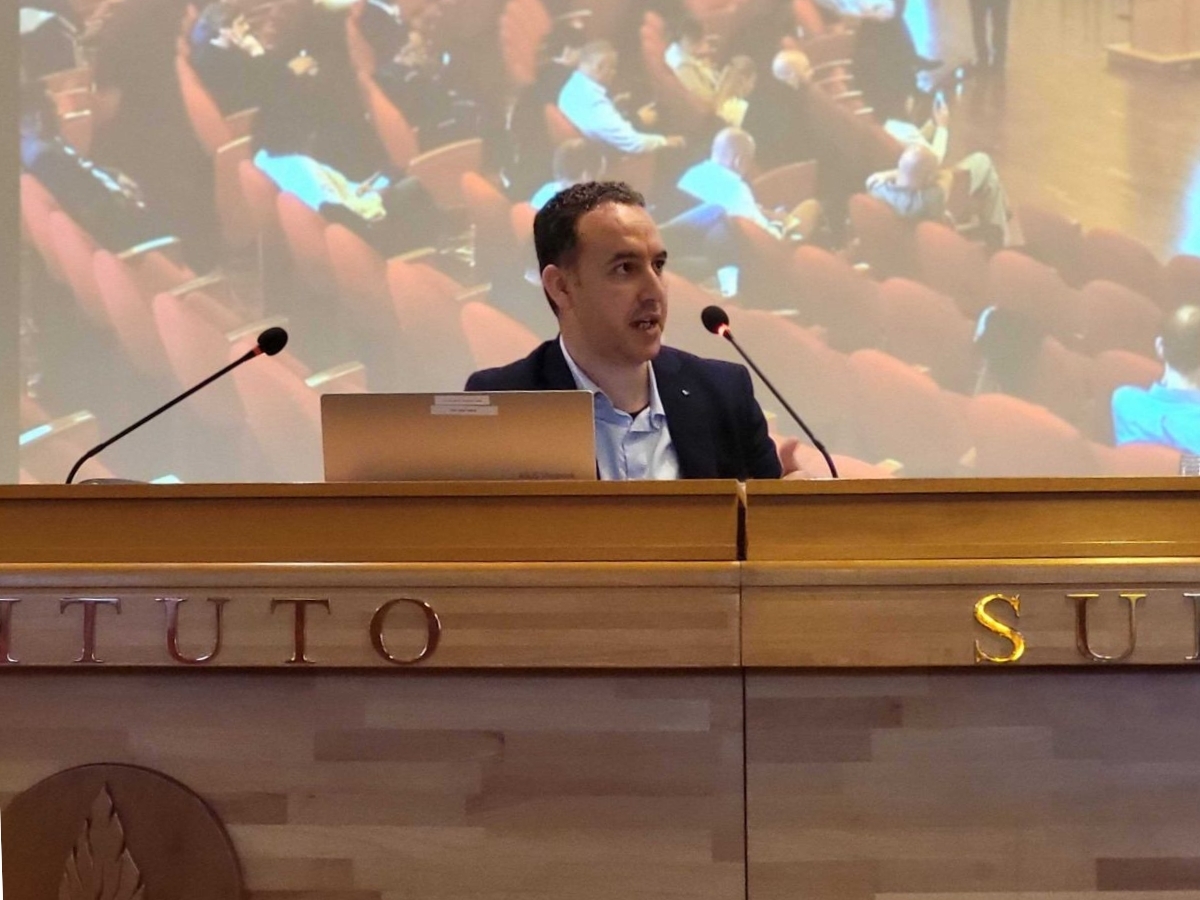In the realm of modern emergency preparedness, the implementation of effective Early Warning and Public Warning Systems (EWS/PWS) has emerged as a critical priority. Recent experiences across the world such as the floods in Libya or the earthquake in Morocco have underscored the compelling significance of adopting a consolidated multichannel approach through an early warning system, crucial for safeguarding communities against potential threats and crises.
In this article, we explore the topic from three key perspectives that enhance the resilience of emergency alert system architecture.
A resilient architecture, whatever happens
By integrating multiple communication channels, the national emergency messaging system architecture becomes more robust and resilient ensuring that vital alerts reach all the intended recipients swiftly and effectively. With a diverse array of channels at their disposal, authorities can cope with various emergency scenarios, issuing timely alerts that can save lives and minimize the impact of disasters. Possible channels include using people’s phones, but also sirens, social media, TVs & radios, emails, variable message signs… The choice to combine certain technologies depends on various factors, including the nature of the event, the number of people to be reached, the required speed to communicate, or the state of the mobile networks. Let’s take three examples:
- A gas explosion → Since the number of people to inform is limited to a defined area, public authorities should use location-based SMS and opt-ins to alert residents in the affected area about the gas explosion to provide targeted safety instructions.
- Flash floods within 48 hours → Authorities have some time to disseminate the information via multiple channels including location-based SMS and official websites. When mobile networks are not congested, cell broadcast is not required.
- A major nuclear incident → Such a disaster with widespread implications requires multi-country coordination and communications across all channels available: Sirens, mobile alerts through cell broadcast and location-based SMS, TV, radio, satellites, websites, emergency apps ...
Tactical crisis management instruments
Beyond the fundamental function of alerting, multichannel systems encompass comprehensive crisis management capabilities, addressing challenges before, during, and after crises, allowing authorities to take preemptive measures well in advance of impending disasters and enhance emergency response capabilities when an emergency arises.
Thus, it is essential to consider the limitations of relying solely on cell broadcasting for alerts. While cell broadcasting has its advantages, it lacks follow-up communication and real-time targeting capabilities. Experts emphasize the importance of combining cell broadcast with Location-Based SMS (LB-SMS) to ensure critical information reaches the intended recipients promptly and leverage tactical crisis management instruments such as:
- alert targeting and re-targeting capabilities
- real-time monitoring of populations in affected zones
- live feedback from the field
- detection of abnormal population movements
This adaptive approach empowers decision-makers to customize crisis communications based on specific needs, leading to optimized responses and effective mitigation of crises' impact.
Contextualized and differentiated communications
Successful management of a crisis requires cooperation and trust from the public. Alert warnings that are actionable are easier to follow and adhere to compared to ambiguous and generic guidance. Public authorities also emphasize the importance of tailoring communication channels to the characteristics of individuals within the audience. By comprehending the nature of the event and the size of the audience, decision-makers can choose or integrate the most appropriate communication channels for effective dissemination, such as the use of an emergency broadcast system on cell phones for instance. This approach fosters better engagement and trust from the public, leading to more impactful and efficient communication during critical situations.
In times of crisis, reaching every member of the population becomes a critical challenge. The variables at play - coverage of territories, network generations (3G, 4G, 5G), population density in cities or remote areas, and variations in smartphone accessibility - highlight the necessity of leveraging multiple channels for effective message dissemination.
The combination of multichannel message dissemination enables one to achieve the goal of reaching 100% of the population during any crisis situation and at every stage. By utilizing different communication avenues, decision-makers can bridge the gaps and ensure that no one is left uninformed.
Additionally, adhering to the Common Alerting Protocol (CAP) standards, hence using its trigger elements for proper alerting consistency - namely urgency, severity, and certainty - further enhances the efficiency of the alerting process. Decision-makers can accurately assess the situation and convey consistent alert levels across all communication channels.
Embracing these practices permits to create a safer, more resilient society, where timely and reliable alerts keep everyone informed and protected.
One way to further improve crisis communication is by adopting a "bottom-up communication approach" that involves engaging stakeholders at the local level. This approach aims to enhance accessibility, usability, and inclusiveness by directly involving citizens in the decision-making process. Trela exemplifies this approach by offering a variety of communication channels and contextualizing information based on the preferences expressed by citizens themselves.
The path to safer communities
As we navigate an ever-changing landscape of potential threats, the adoption of a consolidated multichannel approach has become an undeniable worldwide imperative. It is essential to explore innovative solutions that strengthen countries' Public Warning Systems, ensuring the safety and security of their communities.
By integrating dynamic analytics, real-time data visualization, and a diverse range of alert channels, crisis management capabilities can be enhanced. This transformation will empower them to navigate complex challenges and respond swiftly and effectively during emergencies.
In conclusion, as technology advances and the world becomes more interconnected, the consolidation of multichannel alerting in Public Warning Systems is no longer an option but a necessity. The collective efforts towards a more resilient approach will lead to safer communities.
To learn more about Intersec's multichannel public warning systems, download the brochure or visit our website.
 Multichannel for Resilience: A global imperative" />
Multichannel for Resilience: A global imperative" />

.jpg)









.webp)


.webp)




















